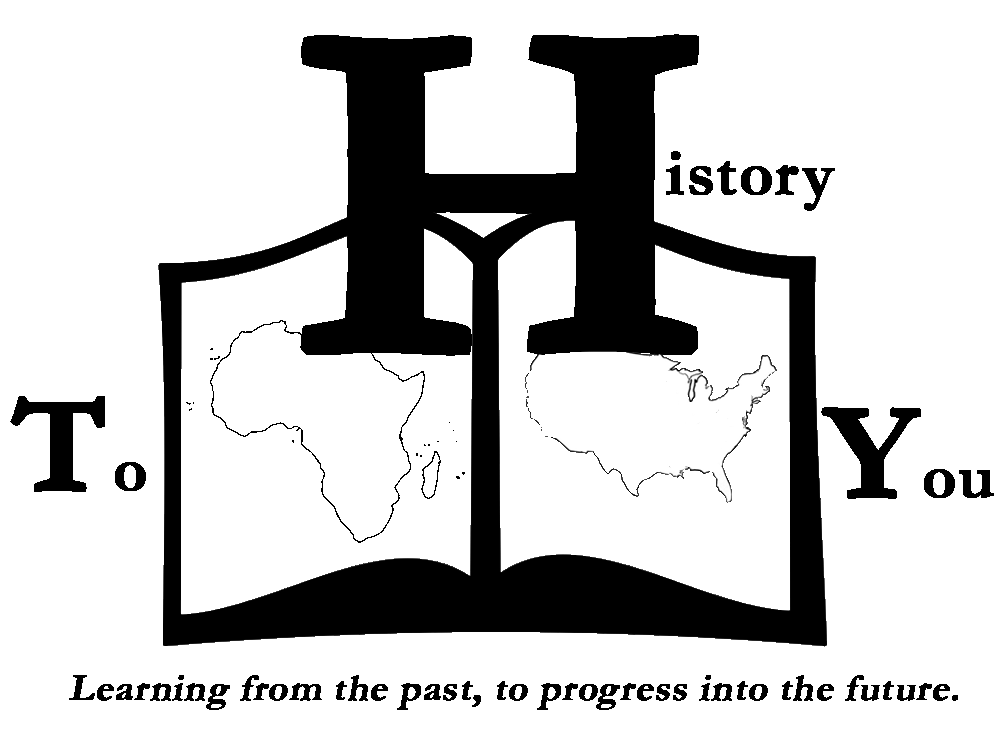
Courses/Lectures
Each of the 34 courses available can be enrolled in individually, or in packages. Each course is an approximately 1-hour session that consists of the opportunity for the students to interact with the associated artifacts, and a discussion exercise tailored for your specific class in accordance with your teacher's curriculum/recommendations. If the Course List below doesn’t fit your needs, we can work together to develop the presentation you desire – from control of the discussion topics to selection of items to be presented.
The Chains That Bound Them
This course provides an up close and personal look at some of the tools of bondage used by slaveowners and their physical and psychological impact upon the slave. Students will not only be able to handle these items, but will also be able to read accounts from the first edition autobiographies of enslaved themselves.
Artifacts: Slave shackles and leg irons, large and small slave rattles, excerpts from Slave Autobiographies




19th Century Slave Shackle for Capture/Punishment - When used to capture a runaway slave, the blade end would be driven into the ground, tree or other solid surface with the other end shackle to the slave. This would keep the runaway stationary, allow the slave catcher to pursue other runaways, and return to pick up the captured slave later. When used for punishment, up to four of these could be used to bind each hand and ankle with the blades being driven into the ground, leaving the slave face down spread out on the ground (a technique known as quartering) where they can be whipped and left in the sun indefinitely.
19th Century Slave Collar - Collars like this one were used both as punishment, and for monitoring a slave. Inside each side of the collar are balls which cause the collar to ring when it moves - alerting the master or overseer to the location and activities of the slave forced to wear it. These collars were also made in sizes for children as seen on the right - and used as a form a daycare, so that adults around would know where the slave children were at all times.

